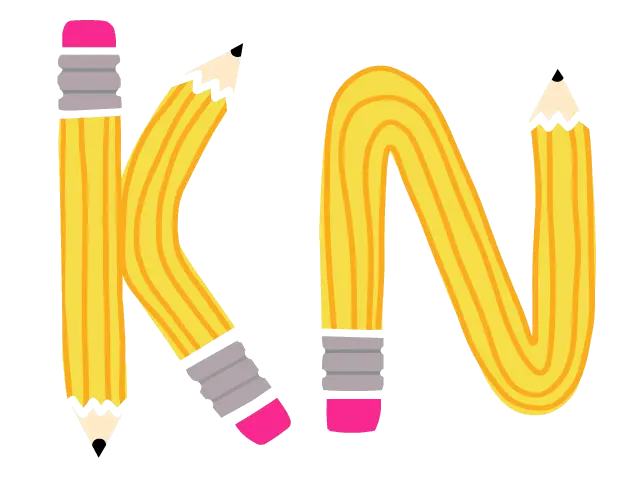What is Hand Lettering?
Hand lettering is the art of drawing letters to create visually unique and aesthetically pleasing written content. Unlike traditional typography, where fonts are pre-designed and consistent, hand lettering is a form of illustration that allows for complete flexibility and creativity in forming each individual letter. It combines elements of calligraphy and illustration, resulting in typography that can convey deeper emotion, artistic flair, and personal expression.
Widely used in branding, graphic design, and advertising, hand lettering has gained popularity due to its authenticity and charm, setting it apart from the standard computer fonts. Artists use a variety of tools, including pens, brushes, and digital tablets, to create bespoke designs that capture the essence of a message or brand. This prominence in the modern design world makes it a compelling skill for designers and creatives to master.
Key Takeaways
- Hand lettering involves drawing each letter individually, allowing for complete creative expression and customization.
- It's a preferred technique in branding and graphic design to convey unique style and personality.
- The popularity of hand lettering is rising, making it a sought-after skill in creative industries.
- Hand lettering combines traditional craftsmanship with modern digital tools.
- It allows for an infinite variety of designs, offering brands a distinctive edge in visual communication.
The Difference Between Hand Lettering and Calligraphy
While often confused, hand lettering and calligraphy are distinct art forms. Calligraphy is the art of writing letters beautifully using a steady, fluid motion, usually with specific tools like nib pens or brushes. Each stroke is important and often adheres to traditional letter forms and rules. On the other hand, hand lettering is more akin to drawing letters, allowing for greater flexibility, creativity, and embellishment.
Understanding the difference is crucial for clients and designers to choose the right technique for their projects, depending on the desired outcome and aesthetic.
Tools and Techniques for Hand Lettering
The tools used in hand lettering are diverse and can greatly influence the look and feel of the finished work. Common tools include:
- Pens and Markers: Fine liners, brush pens, and markers are popular for their precision and ease of use, providing clean, varied lines.
- Brushes and Paints: For more elaborate designs, artists may use traditional brushes for their fluid strokes and ability to cover larger surfaces.
- Digital Tablets: In the digital age, tablets and styluses provide the flexibility of undoing mistakes and experimenting with styles without waste.
Techniques such as shading, layering, and incorporating illustrative elements can enhance the depth and impact of hand lettering projects, making them stand out in the cluttered visual marketplace.
The Bottom Line
Hand lettering is an indispensable tool for designers and brands seeking to communicate their message with creativity and individuality. Its resurgence in popularity highlights a consumer desire for authenticity and bespoke experiences, making it a vital skill for modern designers and marketers. By embracing hand lettering, brands can better connect with audiences, who increasingly value unique and personalized interactions.
Whether you're a startup looking to differentiate your brand or a designer seeking to expand your repertoire, mastering hand lettering could be your key to unlocking new creative possibilities and engaging more deeply with your target audience.
















